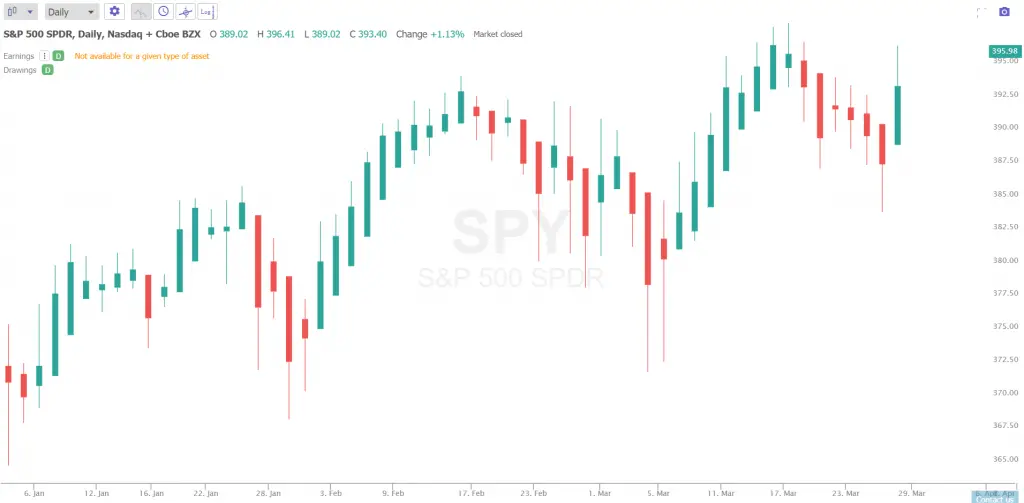Heikin Ashi candlestick charts are a different variation of traditional Japanese candlesticks. Heikin Ashi candlesticks use the opening and closing price data from the previous period and also the opening-high-low-closing price data from the current period to build a combination candlestick. The Heikin Ashi formula candlestick filters out a lot of the price action noise in an attempt to focus more on the overall trend of a chart.
Heikin Ashi candles start from the middle of the previous candle before it, instead of the level where the previous candle closed. This is a major distinguishing factor between traditional candlesticks and Heikin Ashi candlesticks on a chart.
The name comes from Heikin meaning “average” and Ashi meaning “pace” in the Japanese language. The Heikin-Ashi candles attempt to filter price action to see the average magnitude and direction of prices. Heikin Ashi candles are not the same as the normal candlesticks. Many of the common two and three candle patterns in Japanese candlesticks are not found in Heikin Ashi candlesticks as there are no gaps. This different kind of candlestick is primarily used with a focus on identifying trends, trend reversals, and in using technical analysis.

The Heikin Ashi formula:
Open = (Open of previous bar + close of previous bar)/2.
Close = (Open + high + low + close)/4.
High = The maximum value from the high, open, or close of the current period.
Low = The minimum value from the low, open, or close of the current period.
The primary idea behind the creation of the Heiken Ashi type of candle chart is that it filters the noise of price action and creates less false signals by smoothing the candlestick patterns on the chart. Since the Heiken Ashi candlesticks are the result of averaging prices, these candles will have smaller shadows/wicks than a regular candlestick chart.
Also note there will be no visible gaps on Heiken Ashi charts as a result of averaging prices.
Similar to classic candlestick charts, the shadows signal the degree of volatility and the magnitude of a trend. The smaller the shadow, the stronger the trend. The same with Heiken Ashi charts. A strong candle with a very small or no shadow shows strong trending conditions. Because of averaging prices, the trend is even stronger. Heiken Ashi works best in identifying strong trends.
In a bullish uptrend, if the candles start to have larger upper shadows. This shows hesitation to go higher, rejection of higher prices, and selling pressure. The trend is losing its strength.
In a bearish downtrend, if the candles start to have larger lower shadows. This shows hesitation to go lower, rejection of lower prices, and some buying pressure. The trend is losing its momentum.
The biggest edge in using these type of candle charts is the smoothing of price trends. Unnecessary price action noise and volatility is filtered with a laser focus on the direction of the price action.
As a result, price action traders are left with the true primary directional move the market is making on a chart. There’s little room for confusion and error with Heikin Ashi candlestick charts.